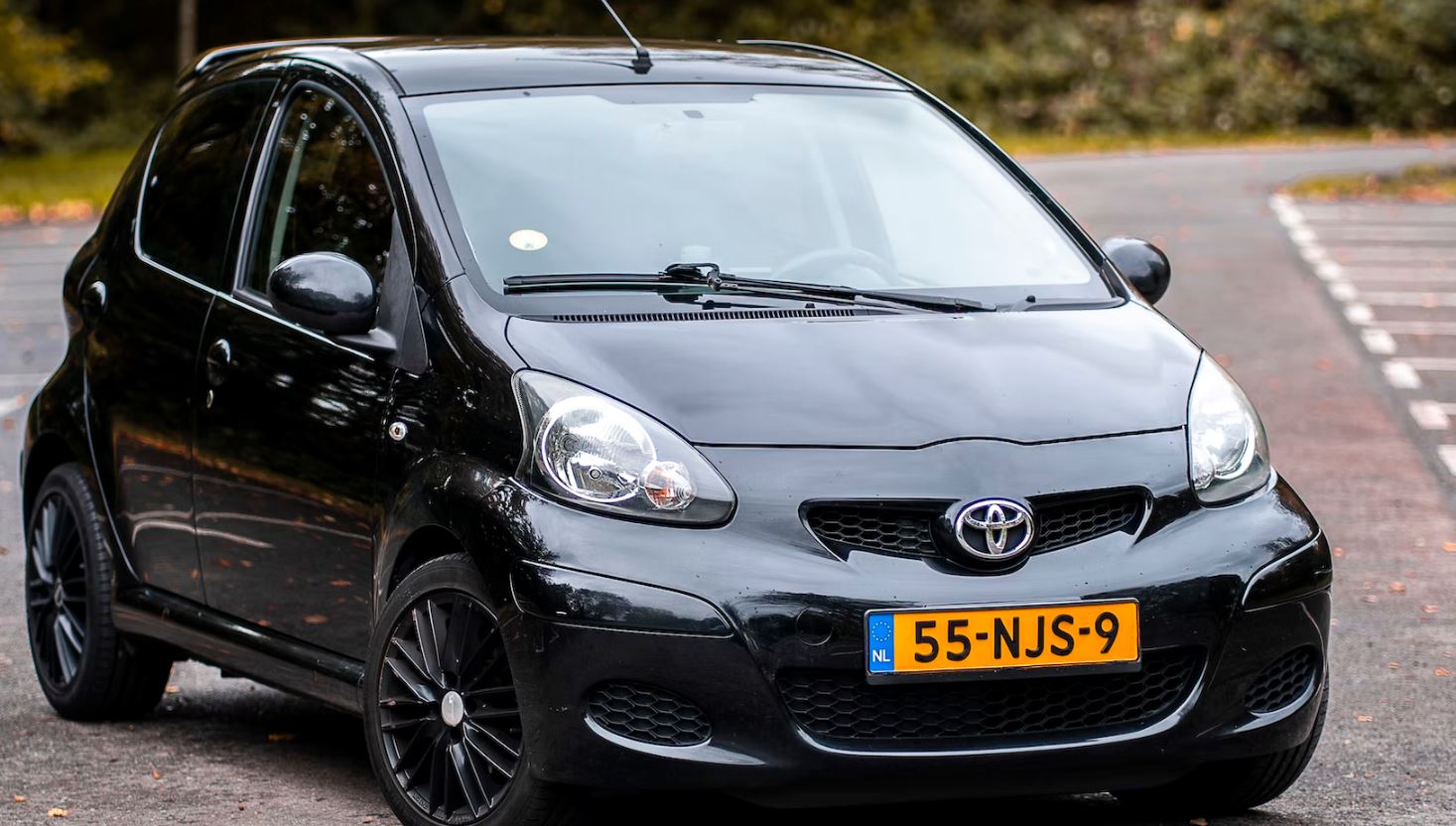
Small, economical, and pocket-friendly
Before we delve deep into what’s the Aygo knows or doesn’t, it is paramount to put a few things in perspective. First, the Aygo, since its introduction in 2005 has largely remained unchanged underneath.
Second, it shares its engine with the Citroen C1 and Peugot 108. Finally, all the above-mentioned cars are made in the same Czech factory. The Aygo entered its second generation in 2014, thus, 2019 makes it a mid-life update.
This is a vehicle that had the city dweller in mind and thus rocks feature best suited for that environment. Perhaps, it would have been better if Toyota fitted automatic emergency braking and lane departure alert on all models.
Unfortunately, they only come standard on the top exclusive models. They are, however, optional lower trims.
Under the hood is a small engine, just small enough for such a city car. Here, you get a 1.0-liter engine producing 71hp and 93Nm of torque. That means it should be enough to take it shopping, but don’t load it with too much grocery rest it begins to sigh.
The Aygo is not designed for high-speed cruising. Just take it slow.
Like the Dacia Sandero we recently told you about, the Toyota Aygo falls in a class of cars that won’t squeeze your budget too hard, yet still sustains mobility. It is equally economical and practical on the road. Its no wonder then that Europe seems to love this car a little too much.




